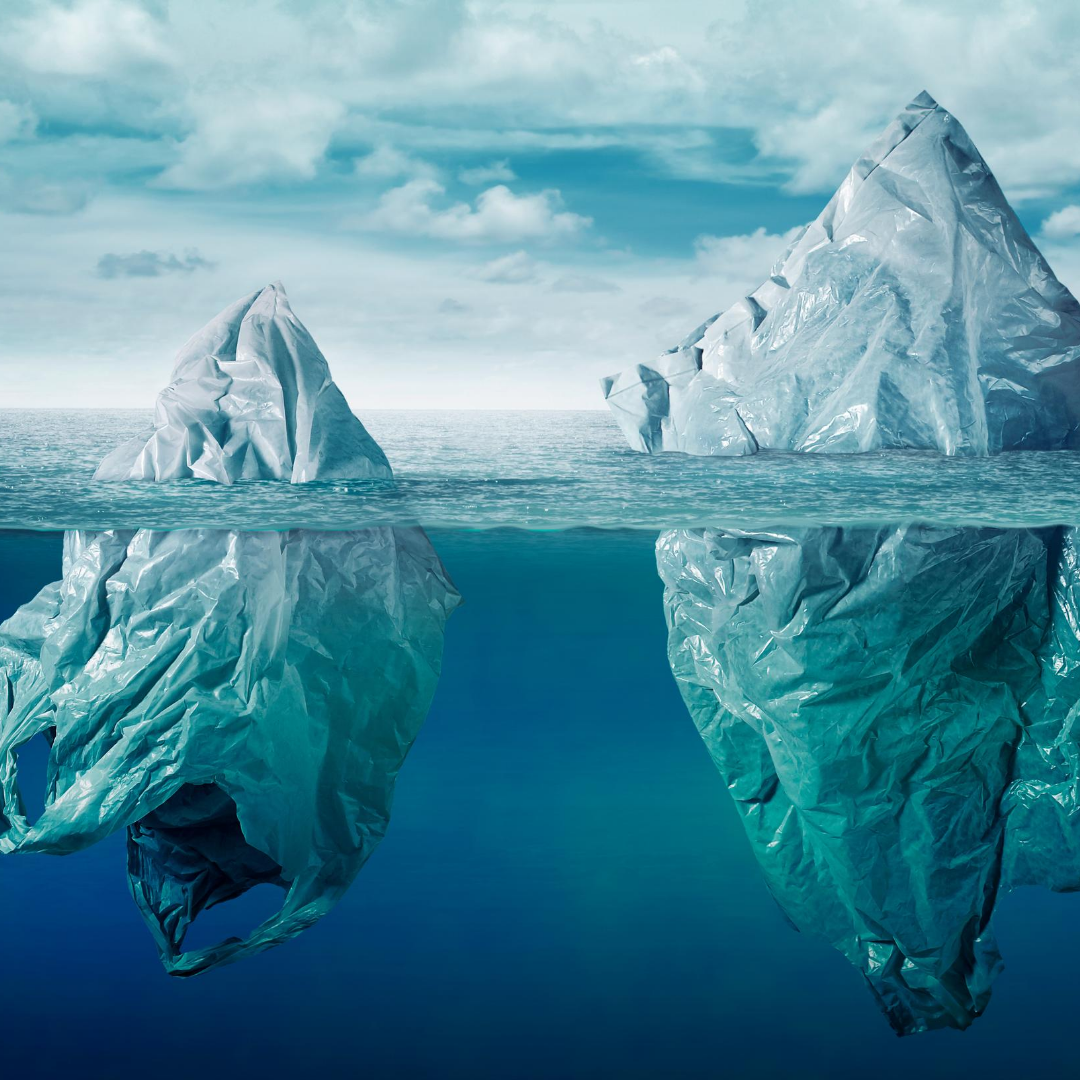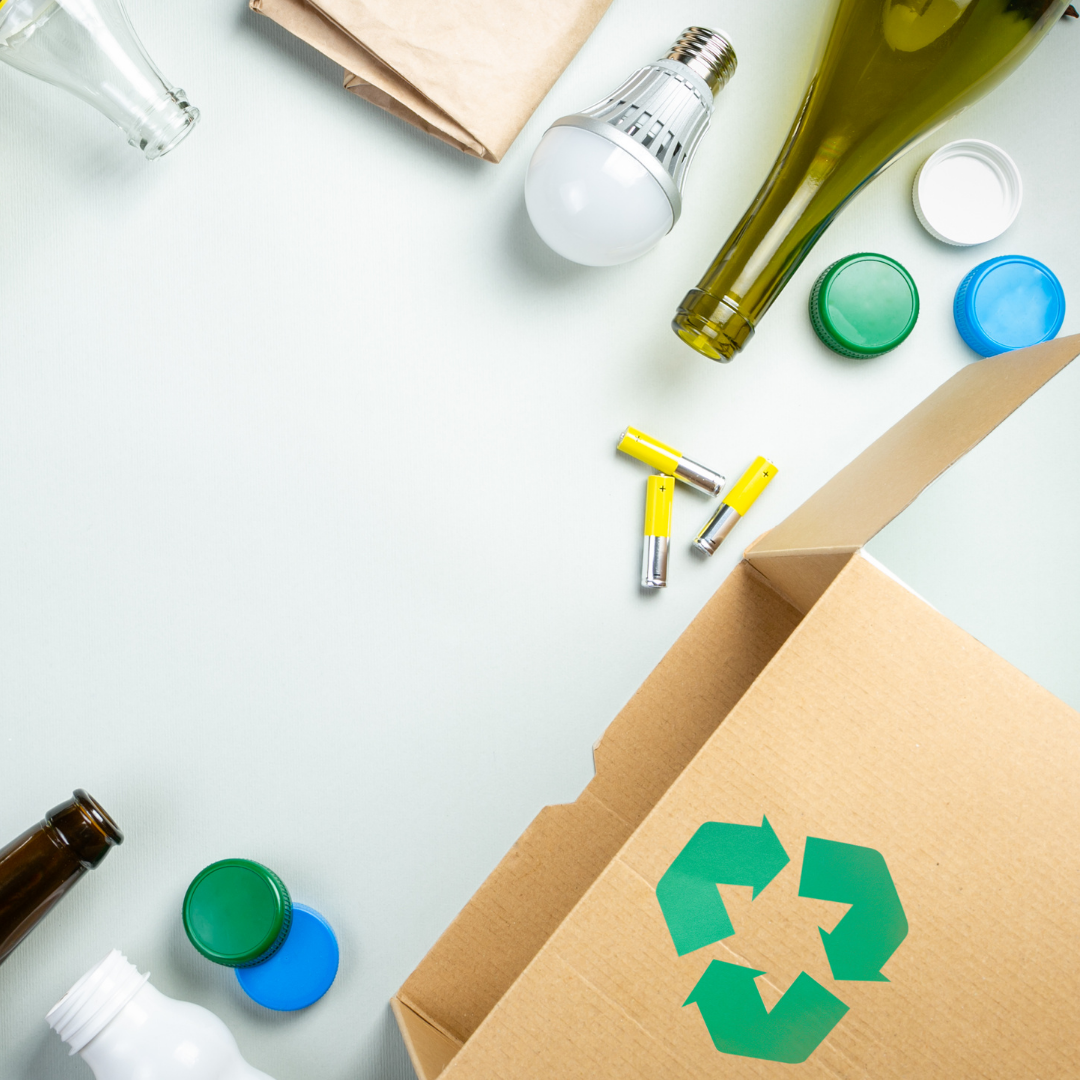Doing away with plastic use altogether isn't likely to happen. Why? Because society can't seem to function without it. That and some plastics actually serve an important purpose (used on medical devices, computers, etc.). What most people don't realize is that plastic isn't the only problem. . . it's what you do with it, including using less and coming up with ways to reuse what we have.
The most important thing to do when it comes to plastic use is to rethink, reduce, reuse, and refuse.
Rethink
Changing just a few simple things can make a big difference. Look for small things you can do that can have a positive impact on our environment. Not buying single-use plastics is the perfect place to start. For example, pack reusable items (like utensils) with lunch to avoid using “disposable” single-use plastics. Take a travel mug with you on the go (even to your local cafe), to reduce the use of lids and plastic cups. Most important of all, recycle any plastics you do use. Make recycling a family activity, and stress how important it is. Come up with a reward for the younger kiddos for incentive.
Reduce
It's easier than you think to reduce plastic use. Focus on buying reusable products like glass or stainless steel instead of single-use plastic ones. Bring along a reusable beverage mug when heading out to have a smoothie or coffee with friends. Instead of buying bottled water, invest in a water filter which will save you money over time. Bring along a reusable bag when you go shopping.
Reuse
Buying single-use products like plastic water bottles, multi-purpose cleaner spray bottles, and countless other things is killing our planet. Making the switch to smarter alternatives isn't all that difficult. Instead of single-use plastics, invest in reusable water bottles, containers, straws, etc. Bring your own containers to the bulk section in the grocery store for refills. Reuse Cleanser spray bottles. There are so many ways to make the switch. Did you know that approximately 40% of plastic manufactured is packaging? Packaging that is used just once (for a few minutes) and then thrown away but remains in the environment for half a millennium.
Refuse
Say no to plastic straws, lids, or coffee stirrers at cafes and restaurants if offered. Turn down the offer of plastic grocery bags, Styrofoam to-go containers (bring your own), etc. Challenge yourself. Collectively choosing to refuse single-use plastics could lead to big environmental changes down the road.
Recycle
Recycle the plastics you use and no longer need. This doesn't just end at home. Pick up recyclables in your neighborhood, or parks. It's crucial that we make using plastics that can be recycled a conscious choice and make it a habit to recycle every time. It's also important to note that only three plastic groupings are recyclable: PVC, HDPE, and PET. The other varieties are generally thin and flimsy which causes them to break down in recycling machinery, causing it to do the same. That's the reason things like plastic cups and lids don't always make it to a recycling facility. In addition, some plastics put in recycling bins are too dirty to reuse, forcing them into incinerators or landfills.
Let’s rethink our relationship with conveniences and put value back into what's important to us. While being genuinely eco-friendly isn’t always easy, being conscious of what you discard will definitely help. It's time to rethink our reckless consumption habits and put a real value on what's most important - human and environmental health.




Leave a comment
All comments are moderated before being published.
This site is protected by hCaptcha and the hCaptcha Privacy Policy and Terms of Service apply.